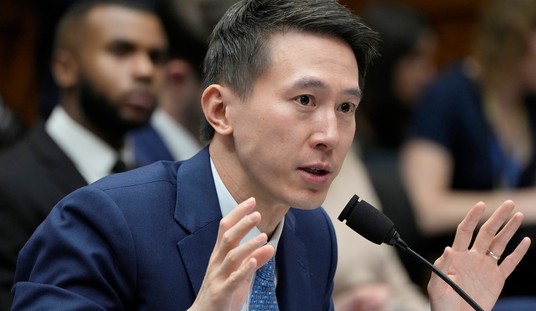Not just by a little bit, either. According to an extensive Reuters analysis of the first five budgets in the Obama presidency, federal grants have dropped significantly across the board — but much more so in states that voted for Mitt Romney in 2012. Those states saw federal grants, controlled by the executive branch, drop by an average of 40%, while blue states only saw about half of that cut:
Between the 2009 and 2013 fiscal years, funding for a wide swath of discretionary grant programs, from Head Start preschool education to anti drug initiatives, fell by an average of 40 percent in Republican-leaning states like Texas and Mississippi.
By contrast, funding to Democratic-leaning states such as California and politically competitive swing states like Ohio dropped by 25 percent. …
For the analysis, Reuters divided the U.S. into three categories: Republican-leaning “red” states where Obama got less than 45 percent of the vote in the 2012 election; competitive “purple” states where he won between 45 percent and 55 percent of the vote; and Democratic-leaning “blue” states where he won more than 55 percent of the vote.
Red, purple and blue states have all shouldered steep spending cuts after a 2011 budget deal, the analysis found. But those cuts have not been doled out evenly.
Discretionary grant funding to red states like Mississippi fell by 40 percent to $15 billion between fiscal 2009 and fiscal 2013, the most recent year for which reliable figures are available. Purple states like Ohio and North Carolina saw a smaller drop of 27 percent, to $19.8 billion, and blue states saw a yet-smaller drop of 22.5 percent, to $27.6 billion. (The tally does not include disaster aid handed out after Hurricane Sandy, which went largely to blue states like New Jersey.)
If this sounds like a return to the spoils system, it is … kind of. Reuters asked John Hudak to conduct this analysis, and his book Presidential Pork details the long and inglorious history of exploiting the control of federal grants to favor states favorable to the current administration. Hudak concludes that the pattern seen above demonstrates fairly obvious politicization, but that it’s unique — because Congress has unilaterally disarmed itself in this particular battle by banning earmarks, as it did in 2011 after Republicans took over the House. Instead of having the two branches balance this out through either partisan wrangling or just good, old-fashioned regionalism, only the executive branch is directing funding, with the obvious consequences.
The Porkbusters movement is largely responsible for that ban, and for the heavy political price paid for earmarking in the years that preceded it. The movement arose after the failure of Republicans to clean up the appropriations process as promised in the 1994 Contract with America and the GOP’s co-opting by K Street firms, which drove ever-higher spending rather than fiscal and budgetary reform. I took part enthusiastically in that movement, and still think it was a good idea — but as I write in my column for The Fiscal Times, that doesn’t mean that its critics didn’t turn out to be right about one particular problem it created:
Legislators warned repeatedly about disarming themselves in terms of directing federal funding, especially Republicans after Barack Obama won the Presidency. Taking away earmarks, they argued, forced them to give Obama administration a limited blank check – block funding for federal agencies with little or no control over how the funds actually got spent, and where. Anti-earmark activists wanted to end abuse of power in the legislative branch, but would the curtailing of earmarks open the door for abuses of power in the executive branch? …
John Hudak, who conducted this study for Reuters and who wrote a book on the subject called Presidential Pork, concluded that politicization of federal grants is the likely culprit. That has been the case prior to the self-imposed earmark ban too, Hudak says, but Congress had the ability to push back against the executive by using their prerogative to earmark funds. After House Republicans imposed an earmark ban in 2011, Hudak tells Reuters, that clout disappeared.
This poses an intriguing, and depressing, conundrum for clean-government advocates. The proper and constitutional power for allocating funds rests with the legislature, but decades of pork-barrel spending and sleazy relationships destroyed the trust necessary for that to take place. That, however, leaves the decisions on directed spending in the hands of unelected bureaucrats, which allows for even fewer checks on power and more opacity as a result. Having to choose between them sounds like choosing between being robbed with a knife or a gun. The result’s the same, even if one feels momentarily glad of having some impact on the process.
I still think earmarks create more opportunities for abuse and corruption than they solve. The real solution is to shrink the size and scope of the federal government to turn down the spigot, and also to elect a president who has a federalist approach and a healthy respect for the balance of power between co-equal branches in Washington.








Join the conversation as a VIP Member